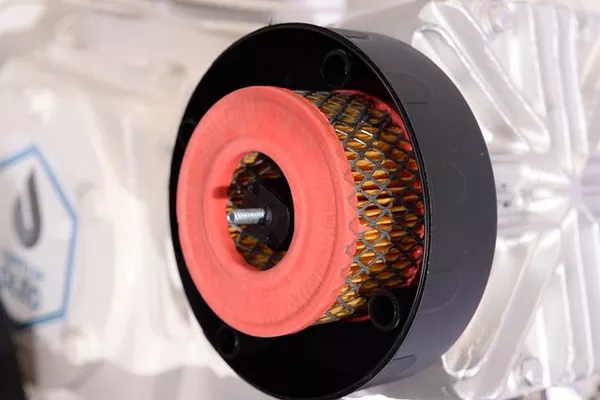Air compressors are essential tools in various industries and for DIY enthusiasts, providing the power needed for a multitude of tasks. Among the different sizes available, the 60-gallon air compressor is a popular choice due to its balance of capacity and portability. However, one crucial aspect that often goes overlooked is the weight of these machines. This article will explore the weight of a 60-gallon air compressor, factors influencing its weight, and the implications for storage and transportation.
Understanding Air Compressors
What is an Air Compressor?
An air compressor is a device that converts power (usually from an electric motor or a gasoline engine) into potential energy stored in pressurized air. This pressurized air can then be used for various applications, such as powering pneumatic tools, inflating tires, and painting.
Types of Air Compressors
Reciprocating Compressors: Use pistons to compress air and are common in many home and professional settings.
Rotary Screw Compressors: Utilize two rotating screws to compress air and are typically used in industrial applications.
Scroll Compressors: Use two spiral elements to compress air and are known for their quiet operation and efficiency.
The 60 Gallon Air Compressor
Features of 60 Gallon Air Compressors
A 60-gallon air compressor typically features:
Motor Size: Usually ranges from 5 to 7.5 horsepower.
CFM Rating: Generally provides around 12 to 15 CFM (cubic feet per minute) at 90 PSI, making it suitable for a variety of tasks.
Pump Type: Can come with either a single-stage or two-stage pump, influencing its efficiency and power output.
Common Applications
Automotive Repairs: Ideal for powering impact wrenches and spray guns.
Construction: Useful for nail guns, sanders, and other pneumatic tools.
DIY Projects: Great for home improvement tasks and workshops.
Weight of a 60 Gallon Air Compressor
Average Weight
The weight of a 60-gallon air compressor typically ranges from 150 to 300 pounds. However, the exact weight can vary based on several factors:
Material: The construction material of the tank and components can significantly affect the weight.
Motor Type: Electric motors are generally lighter than gas-powered engines.
Pump Configuration: Two-stage pumps often weigh more than single-stage pumps due to additional components.
Comparison with Other Sizes
30 Gallon Air Compressors: Usually weigh between 70 and 150 pounds.
80 Gallon Air Compressors: Can weigh between 300 and 500 pounds.
Factors Influencing the Weight
Construction Materials
The materials used in the construction of the air compressor play a crucial role in determining its weight:
Steel Tanks: Offer durability and are often heavier.
Aluminum Tanks: Lighter but may not be as robust as steel.
Design and Features
Design Complexity: Compressors with more complex designs or additional features (like noise reduction) may weigh more.
Accessories and Add-Ons: Features such as wheels, handles, and built-in storage can also contribute to the overall weight.
Brand and Model Variations
Different manufacturers may use various materials and designs, resulting in weight variations among 60-gallon air compressors from different brands.
Implications of Weight
Transportation Considerations
Portability: Heavier models may be less portable and require assistance for transport.
Vehicle Requirements: Ensure that your vehicle can handle the weight, especially if you plan to move it frequently.
Storage Requirements
Floor Support: Make sure your storage area can support the weight without risk of damage.
Space Considerations: Larger, heavier compressors may require more space for proper ventilation and access.
Usage Implications
Stability: Heavier compressors can be more stable during operation, reducing vibration.
Mounting: If using in a stationary setup, ensure that the base is sturdy enough to support the weight.
Safety Considerations
Lifting and Moving
Use Proper Equipment: When moving a heavy air compressor, utilize dollies or hoists to prevent injury.
Team Lifting: For compressors on the heavier side, always have assistance to avoid accidents.
Installation Precautions
Secure Positioning: Ensure the compressor is placed on a flat, stable surface.
Ventilation Needs: Consider ventilation when positioning to avoid overheating.
Conclusion
Understanding the weight of a 60-gallon air compressor is essential for selecting the right model for your needs and ensuring safe transport and storage. With weights typically ranging from 150 to 300 pounds, various factors such as construction materials, design, and additional features can significantly influence this weight. By considering these aspects, users can make informed decisions that align with their power requirements and practical needs.
Whether for professional use or home improvement projects, a 60-gallon air compressor offers a powerful solution, balancing capacity with portability. As you navigate your options, keeping the weight and its implications in mind will lead to a more satisfying and safe experience with your air compressor.
Related topics:


